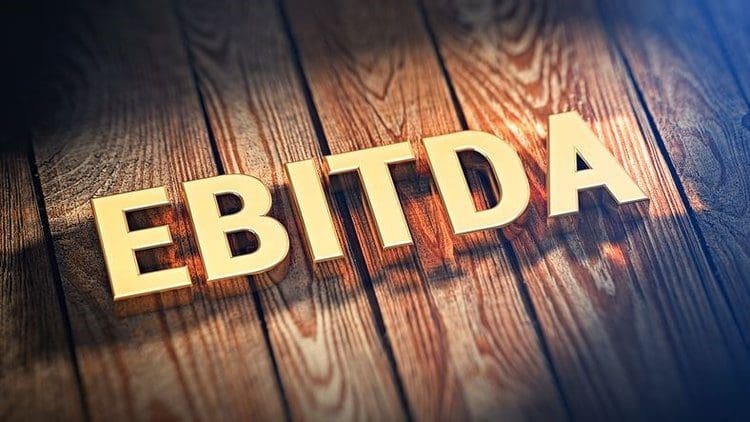Successful business owners preparing for a sale are quickly introduced to words they may not be familiar with: “EBITDA” and “Adjusted EBITDA.” Suddenly, why are these the only numbers that seem to matter?
EBITDA (Earnings Before Interest, Taxes, Depreciation, and Amortization) is a basis for determining the value of privately held companies. Its purpose is to serve as a blunt tool to approximate pre-tax cashflow from operations. With EBITDA, a company’s value can be estimated based on transactions that have taken place between other companies of similar size and characteristics. For example, many lower middle-market privately held companies typically sell between 4 to 6 times adjusted EBITDA, depending on the industry and other factors. Specifically, EBTIDA is used to analyze the profitability of a company regardless of capital structure or the tax strategies employed.
However, for EBITDA comparisons to be useful and accurate, adjustments must be made to an EBITDA calculation. These adjustments are necessary to turn the EBITDA into a more accurate number (adjusted EBITDA) that represents the earnings capacity of a business.
Business owners contemplating the sale of their business should have an idea of what their adjusted EBITDA is and how certain inputs affect this value. Typical recasting adjustments made to arrive at an adjusted EBITDA include the following:
Basic Adjustments
- Interest on debt (line of credit or long-term debt)
- Income taxes (Not gross receipts taxes – sorry WA residents)
- Depreciation
- Amortization
Adjustment to market rates
- Owner salaries and bonuses; what would market salary be to replace the owners?
- Rent (if real estate is owned by the business owner)
Discretionary expenses / Owner perks
These must have nothing to do with the business, and should be material:
- Owner health or life insurance
- Owner retirement contributions
- Personal vehicle expenses
- Charitable contributions
- Personal trips or entertainment expenses
- Salary payments to family members who are not involved in the business
- Etc.
Bonuses, retirement plans and other benefits for employees are NOT discretionary. If employees receive these on a regular basis, then it’s something they consider as part of their compensation, and taking those away will be viewed as a pay cut.
Non-recurring expenses
Operating expenses that are one-time or unusual and generally not expected to recur in the future, such as:
- Legal, accounting, or other professional fees for lawsuits, audits, special projects or similar events
- Moving expenses if the company relocated or expanded (estimates are OK since these may be hard to track)
- Major upgrades to computer systems or similar that could have been capitalized
It can be frustrating for a business owner to have everyone focused on this obscure number when there are so many other aspects of the business. As stated, EBITDA and adjusted EBITDA are blunt instruments that don’t consider many important financial drivers such as working capital, cash vs accrual accounting, and balance sheet considerations as well as other non-financial value drivers including culture, owner dependencies, customer concentrations, industry trends, product life cycles, etc. Adjusted EBITDA is an important number, but not the only number that matters.
Our point is, you do need to wrap your head around adjusted EBITDA. An accurate adjusted EBITDA is a metric that valuation specialists use as an indicator of future performance and as part of a formula to determine overall company value. Your accountant or your M&A advisor will be great resources to help you calculate and analyze these numbers. EBITDA and adjusted EBITDA calculations are usually needed for each of the past 3-5 years and the current year to be able to see the profitability trend.
Next time someone asks you what you think your business is worth you can tell them, “Six times weighted-average adjusted EBITDA, of course”.


















